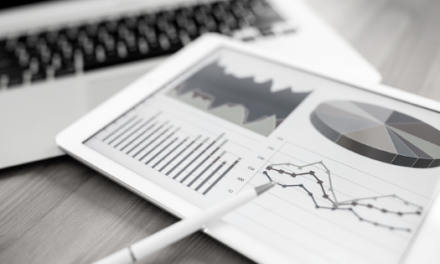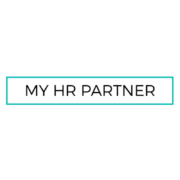706-million profiles strong, LinkedIn is the world’s leading social network for business. And with face-to-face networking having been on pause for so long, it has seen significant increases in revenue, especially in Q2 of 2020. With new CEO Ryan Roslansky at the helm, the interface improvements and usability of LinkedIn is certain to continue.
The value of LinkedIn is clear. Before meeting you, 83% of business associates conduct online research – your LinkedIn profile is likely to appear in the top three Google search results for your name. That’s powerful.

The question, then, is this: How can you get the most out of LinkedIn? How can you use this social platform to its full potential to find new clients, secure investors, and connect with like-minded professionals? By networking.
We all know how critical networking is in securing business deals. LinkedIn’s professional networking capabilities are unparalleled among social media platforms, making it an effective tool to search and target clients and collaborators while opening you up to the possibility of attracting talent. The network has recently been embraced by marketers and is now the number one site for unpaid organic reach. However, it is often tempting to push out content from company pages when the truth is, people want to engage with people. In short, if you want to be seen as an expert in your industry, a leading authority, you need an optimised LinkedIn profile.
Here’s how you can optimise your LinkedIn profile to attract the right kind of attention in a digitally-connected business landscape.
Headline
Aside from your name and photo, your Professional Headline is the only part of your profile that is immediately visible in LinkedIn search results. It also follows you everywhere: when people find you in searches, when you comment, in companies, and on the top of your posts. It’s critical to use these 220 characters to grab people’s interest.
Your headline should describe who you are and the problems you solve. Think of yourself as a brand. How can you sell yourself?
Background banner
Your background banner takes up a significant portion of your profile. Avoid keeping LinkedIn’s default background, as this won’t get you noticed. You also don’t want an image that infers you’d rather be on holiday, like a beach scene.
The image you choose should reflect what you want your LinkedIn profile to achieve. If, for example, you want to increase brand awareness across your company, supply all employees with a background banner that contains the company logo.
About section
When crafting your About section, keep in mind that only the first 330 characters are visible on a desktop above the fold. Users will need to click ‘See More’ to read the rest. For this reason, the most effective About sections begin with a question or an intriguing statement, something that captures the reader’s imagination and ignites their curiosity.
Your About section should be in first-person and provide value, be authentic, and reflect who you are. Don’t write only what you think your target audience wants to hear, as this could come across as salesy. Instead, be genuine and use a conversational tone to be relatable.
Skills endorsements and recommendations
Your Skills section proves that you have the know-how to deliver on your promises. It also influences your ranking in search results, which means the more skills you have listed, the better.
A word of warning: If possible, avoid diluting your endorsements by including two similar skills, such as management and leadership.
Finally, keep in mind that only three of your skills are instantly visible on your profile. Make sure those skills are the ones that best align to the clients you are targeting.
Experience section
How you frame your Experience will again depend on your LinkedIn objective. If your goal is to attract new clients, focus on how you solve their problems. If you’re looking for a new position, keep your statements short, action-orientated, and focused on the difference you deliver. Give people a reason to contact you.
Adding media
Your LinkedIn profile is more sophisticated than an online resume – it’s your digital reputation that validates who you are, what you do, and your expertise. You can build up this reputation using the Media and Featured sections, which are often underutilised.
Media sits in your Experience section and can be relevant to each job. The idea is to provide evidence of your successes, such as awards, presentations, videos, and web links. To ensure this proof isn’t lost to those skimming your profile, you can use the Featured tool to highlight key messages.
Connecting, communicating, and creating content on LinkedIn
LinkedIn is a personal branding tool that fosters connection and collaboration online, which is critical in a world where we cannot always meet face-to-face. With the right profile in place, you can use LinkedIn to post content, generate business leads, represent your company, and find and reach out to old contacts to explore new opportunities.
When you build your LinkedIn profile, it is vital to consider who you are, how you want to be perceived, and by whom. At its core, LinkedIn is a social selling and talent-attraction tool based on relationships, so be authentic and let your character show through.



















